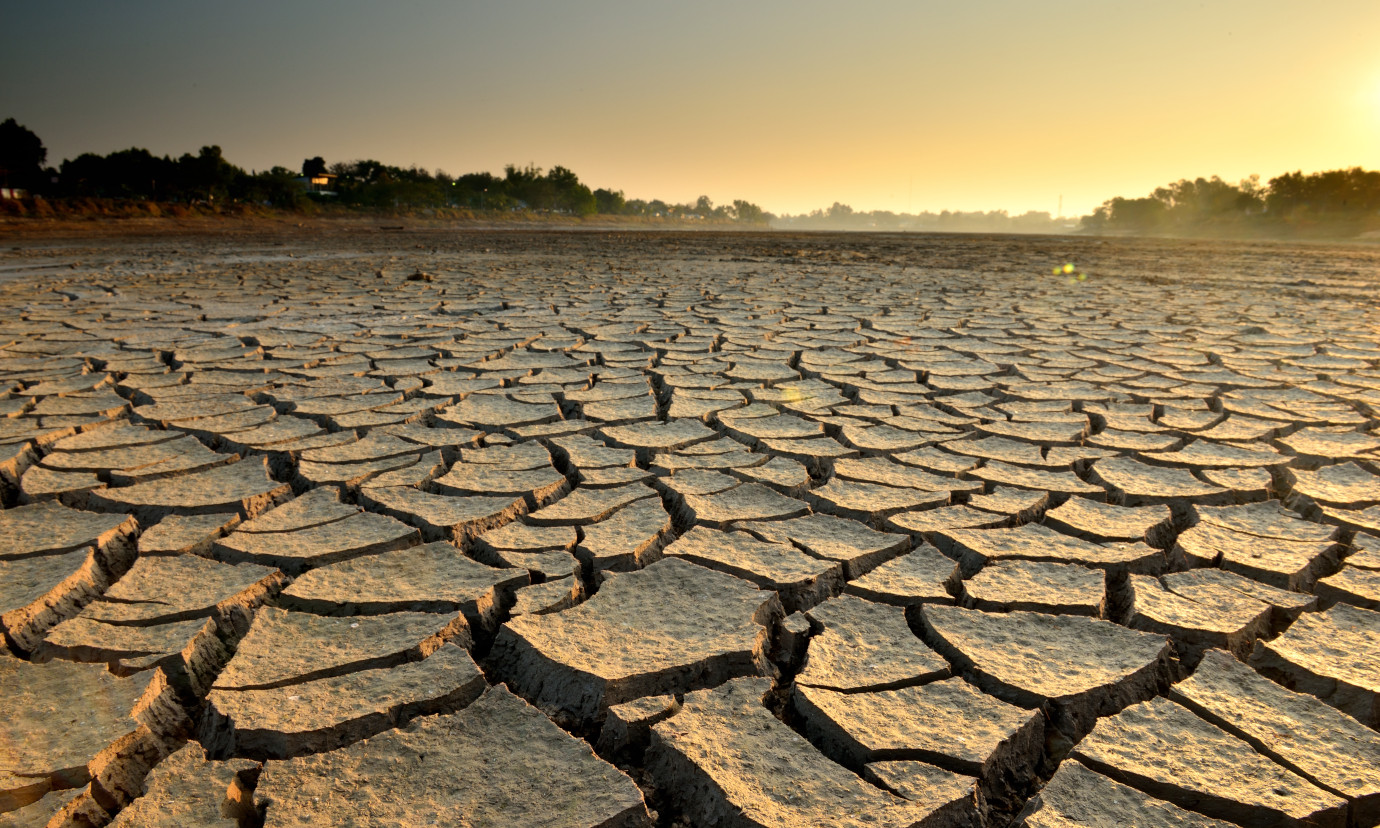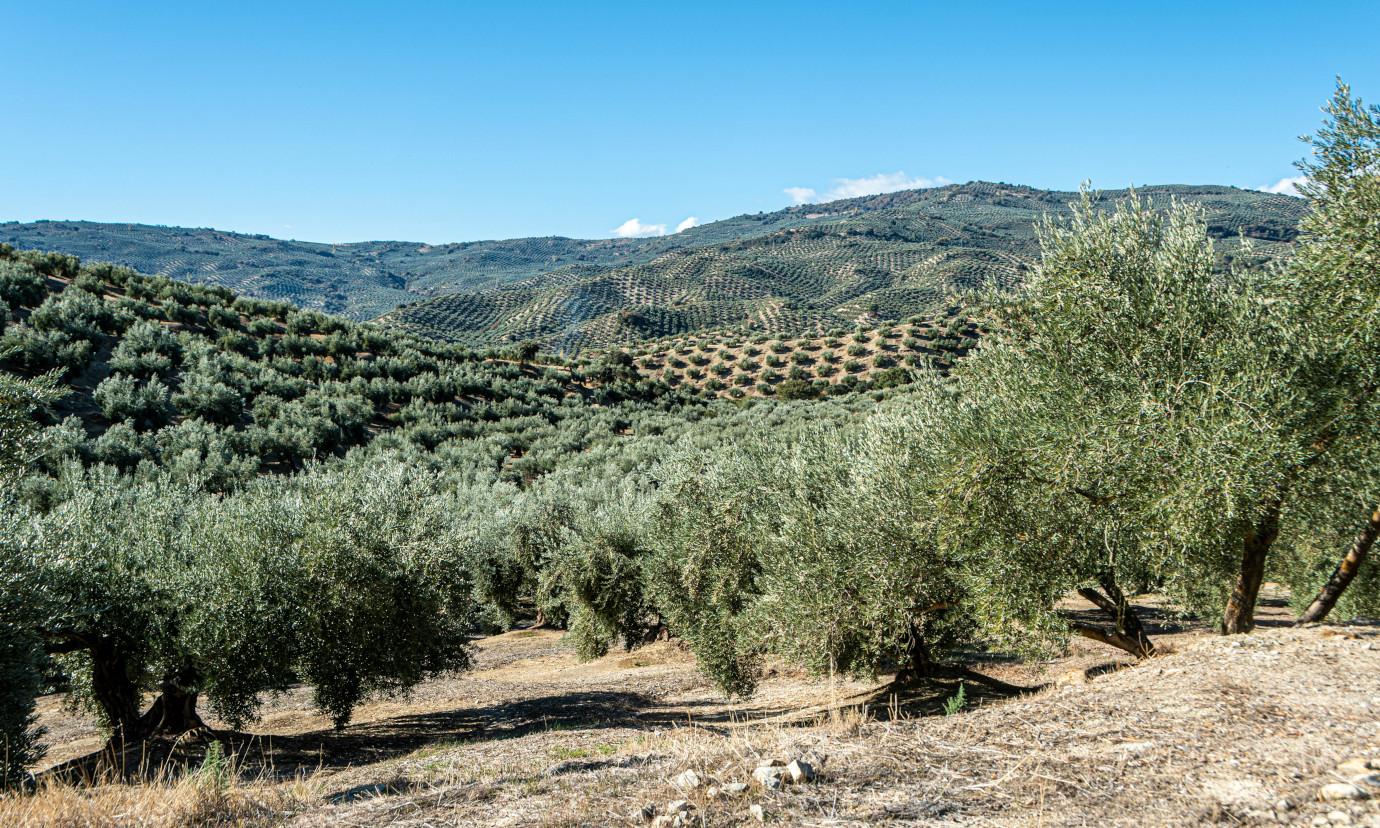I-CISK and DIRECTED projects on display
Researchers, decision-makers, practitioners, and stakeholders recently gathered in Rimini, Italy for the 7th European Climate Change Adaptation Conference (ECCA). This vibrant platform showcased cutting-edge research and innovative solutions while fostering collaboration and sharing knowledge and best practices. For three full days, participants exchanged research findings, innovative policy developments, and practical implementation experiences for a climate-resilient society. 52°North joined consortium colleagues to present and discuss work being done on climate services (in I-CISK) and disaster risk management (in DIRECTED).

